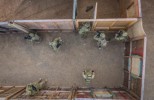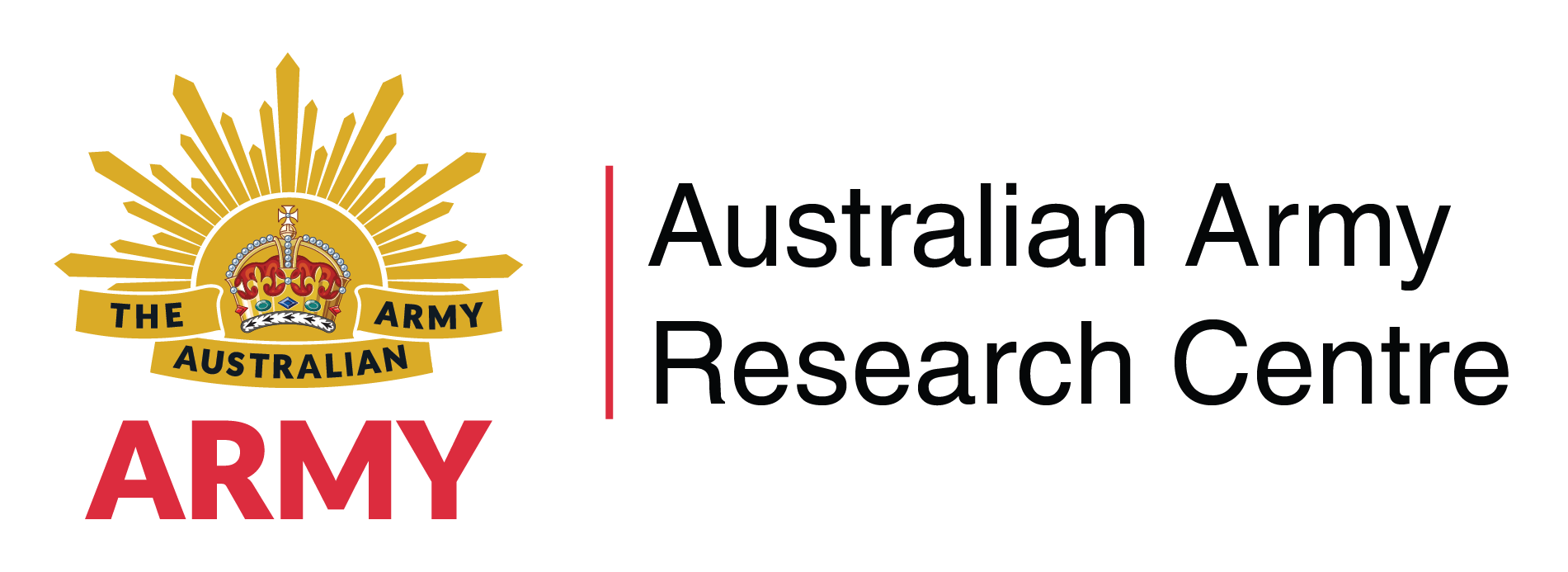Search
Using the filters to the left, click your selection, it will become bold and filter the results, click it again to remove that filter.
In August 2018 the Australian Chief of Army, Lieutenant General Rick Burr, issued his futures statement titled Accelerated Warfare . The statement sought to stimulate thinking, engagement and debate about how the Australian Army prepares for future conflict. The Chief of Army’s statement focuses on how the Army should prepare for war. While Humanitarian Assistance and Disaster Relief (HADR) is not warfare, HADR responses contribute to Army’s strategic task of shaping Australia’s strategic environment . …
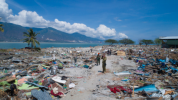
In part one of this two-part series, I argued that the Australian Army must make Humanitarian Assistance and Disaster Relief (HADR) operations part of the strategic plan for how the Australian Army prepares for the future. Here I will show how Army can use its health assets to prepare a capable and well-equipped force that is both ready now and future-ready within the concept of Accelerated Warfare . The Australian Army needs to consider how it will prepare a future-ready force that is capable of …
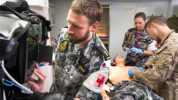
Our current conflicts require action across all domains: the physical, information and cognitive. However, one must ask if the idea of ‘messaging and narrative’ has been over-emphasised to the detriment of real actions. Is Information Operations (IO) the new black ? Clausewitz called war a clash of wills. Mao saw it as a people's struggle. Jomini, whose theory drives much of our planning process, highlighted the importance of will to fighting. These, and many other, theorists understood that actions and …
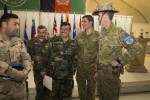
PME needs to produce strategists able to draw sufficient conclusions from insufficient resources. One tool used to develop such leaders is the staff ride . The Australian Army has limited experience with staff rides, conducting its first staff ride of the modern era in 2017 . In our view, this nascent staff ride programme can do more, not just to explorie past battlefields but to include potential battlespaces that represent the Future Operating Environment. Historical analysis of past battlefields asks …
In addition to reaffirming the acquisition of two new replenishment vessels by the early 2020s, the 2016 Defence White Paper had a surprising inclusion – “a third high-capacity replenishment ship or an additional logistics support ship similar to HMAS Choules in the late 2020s”. Less of a surprise was the programing of the replacement of HMAS Choules, as “the benefits of this type of vessel in extending the reach of the ADF and enhancing our capacity to deploy larger and better-equipped forces”, are well …
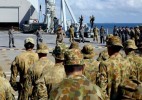
Part 1 in this series looked at the benefits provided by a third replenishment ship, and identified significant advantages to achieving the objectives stated in the 2016 Defence White Paper . The option for this ship to be “an additional logistic support ship similar to HMAS Choules in the late 2020s” in addition to replacing Choules on first review would appear an unlikely option. Important questions should be answered about how Army will be transported and supported for the increased regional …

It is readily acknowledged, even assumed, that safeguarding national sovereignty is imperative to national security and Defence. The 2016 Defence White Paper states that, “our most basic Strategic Defence Interest” is a “secure, resilient” nation, “where Australia exercises full sovereignty over its territories and borders.” Yet, what does the government mean when they say “full sovereignty”? Is it merely about territorial integrity? Or is it about autonomy and the projection of regional and …
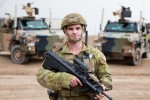
Part 3 – Logistic Support Ships Part 1 in this series identified the critical role that replenishment ships have in supporting the fleet, but highlighted their limitations in supporting the land force ashore. Part 2 described the tension between a more heavily protected land force, and the capacity of current and future sea lift capabilities. Instead of a third replenishment ship and a Choules replacement, an alternative is a pair of a new class of multi-role ships that offer both sea-lift and …

3D printing technology could possibly alleviate some of the issues with stockpiling supplies - Matthew Ng writes. As the Australian Army procures increasingly complex capabilities in developing a 21st century land force, the ability to maintain Army’s platforms and ensure operational readiness will pose new and unprecedented challenges for Army’s logisticians. Maintenance of combat platforms can be complex and highly unpredictable in peacetime, especially with fiscal pressures, not to mention those …
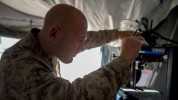
Contemporary Western armies are capable of operating in urban areas but few field capabilities for urban combat. This is perplexing. Fighting amongst populations and structures presents well-documented, distinct military and political challenges. Demographic, social and rapid technical changes are increasing both the likelihood of urban combat and the severity of these challenges. The most pressing challenge is perhaps unprecedented geo-political sensitivity to suffering own and inflicting civilian …
